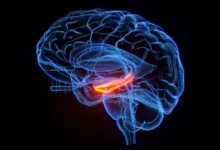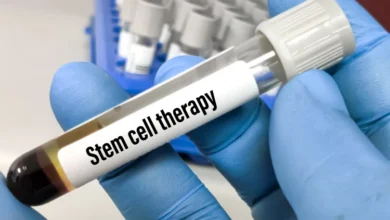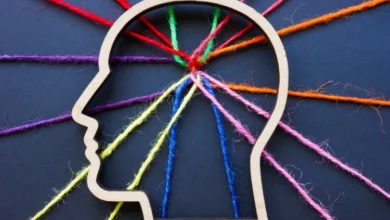Two Cancer Drugs Show Surprising Potential Against Alzheimer’s in Early Tests
FDA-approved Treatments for Breast and Colon Cancer May Help Reverse Brain Changes Linked to Alzheimer’s, New Research Finds
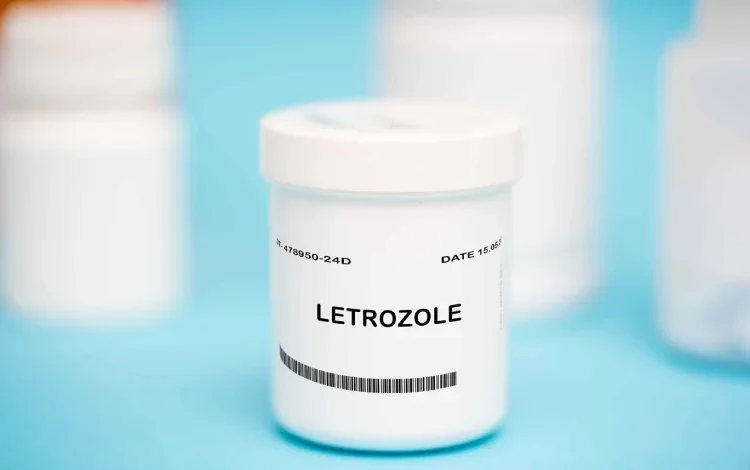
A new study suggests that two cancer medications, letrozole and irinotecan, may help reverse the biological changes seen in Alzheimer’s disease, offering fresh hope in a field where breakthroughs have been rare. Researchers at UC San Francisco and Gladstone Institutes found that these FDA-approved drugs, when used together, reversed key brain changes and restored memory in mice bred to develop Alzheimer’s.
Rewriting Gene Activity in the Diseased Brain
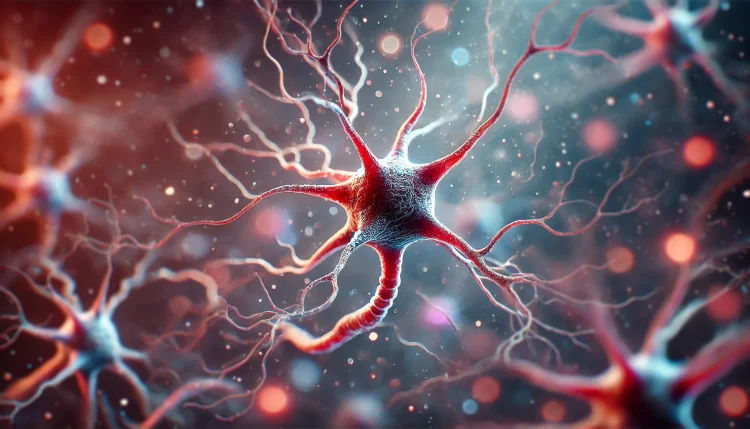
Alzheimer’s disease disrupts how genes operate in brain cells. To understand this better, scientists first mapped the patterns of gene activity in individual neurons and support cells (called glia) from brains affected by the disease. This process, known as gene expression profiling, shows which genes are active or dormant. The researchers then searched for drugs that could flip those patterns back toward normal.
They turned to a large public database called the Connectivity Map, which catalogs how thousands of drugs affect gene activity in human cells. Out of 1,300 drugs, just 10 reversed Alzheimer’s-linked gene patterns across different brain cell types, and only five were already approved by the U.S. Food and Drug Administration.
Using medical records from over 1.4 million patients across California’s university hospitals, the researchers looked for any real-world signs that those drugs might help prevent Alzheimer’s. The records showed that people who had taken some of these medications, mostly for cancer, appeared less likely to develop the disease later on.
Targeting Two Cell Types with a Two-Drug Combo
From this shortlist, the team selected two drugs: letrozole, typically used to treat breast cancer, and irinotecan, used against colon and lung cancers. They believed each drug would target a different cell type — letrozole for neurons and irinotecan for glia — like a two-part key unlocking different doors in the brain.
When given to mice with advanced Alzheimer’s-like symptoms, the drug duo had striking effects. It stopped further damage, reduced toxic protein buildup, and even restored the animals’ ability to remember how to navigate mazes. Memory, in this case, was not just protected, it was brought back from the edge.
The researchers compare the process to rewiring a city after a blackout, where different crews work on separate grid sections, but the lights only come back when efforts are synchronized. Similarly, targeting both neurons and glia may be the missing link that single-drug strategies have overlooked.
A Possible Turning Point for Alzheimer’s Treatment
“This study opens a new door using drugs we already have,” said lead researcher Yadong Huang. His team emphasizes that although results in mice are promising, human trials are essential to confirm safety and effectiveness.
Letrozole and irinotecan, though widely used in cancer treatment, can come with serious side effects. If repurposed for Alzheimer’s, their doses and delivery methods will likely need major adjustments. The upside? Since the drugs are already approved, clinical trials could begin sooner than if researchers had to start from scratch.
With over 55 million people living with Alzheimer’s worldwide and that number set to double in the next two decades.
As co-author Marina Sirota puts it, “When two completely different kinds of data — from cells and from real patients — lead to the same drug, and it works in a model of the disease, we may finally be onto something.”
[Source]

